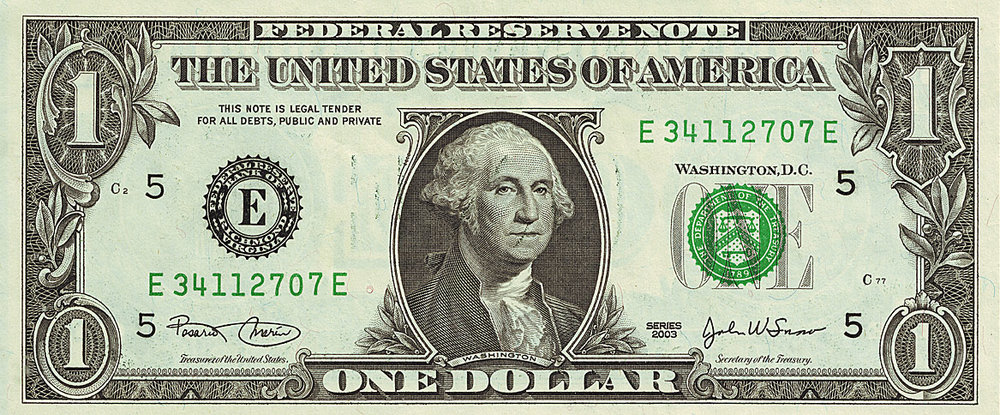Failure by Colleges and Government to Bridge Inequality
 <Click here to download entire commentary from NY Times.>
<Click here to download entire commentary from NY Times.>
Sobering commentary in NY Times on the initial promise of college as levelor of inequality through GI Bill and early years of federal financial aid programs and subsequent failure to keep up the financial commitment to the majority in society without the social capital of the priveledged classes. Following is a short excerpt from the commentary. Be sure to read some of the comments to the article (as of the moment, they number more than 250).
"When the G.I. Bill of Rights of 1944 made colleges accessible to veterans regardless of socioeconomic background, Robert Maynard Hutchins, the president of the University of Chicago, worried that it would transform elite institutions into “educational hobo jungles.” But the G.I. Bill was only the first of several federal student aid laws that, along with increasing state investment in public universities and colleges, transformed American higher education over the course of three decades from a bastion of privilege into a path toward the American dream.
Something else began to happen around 1980. College graduation rates kept soaring for the affluent, but for those in the bottom half, a four-year degree is scarcely more attainable today than it was in the 1970s. And because some colleges actually hinder social mobility, what increasingly matters is not just whether you go to college but where. The demise of opportunity through higher education is, fundamentally, a political failure. Our landmark higher education policies have ceased to function effectively, and lawmakers — consumed by partisan polarization and plutocracy — have neglected to maintain and update them. . . ." <Click here to continue reading.>
